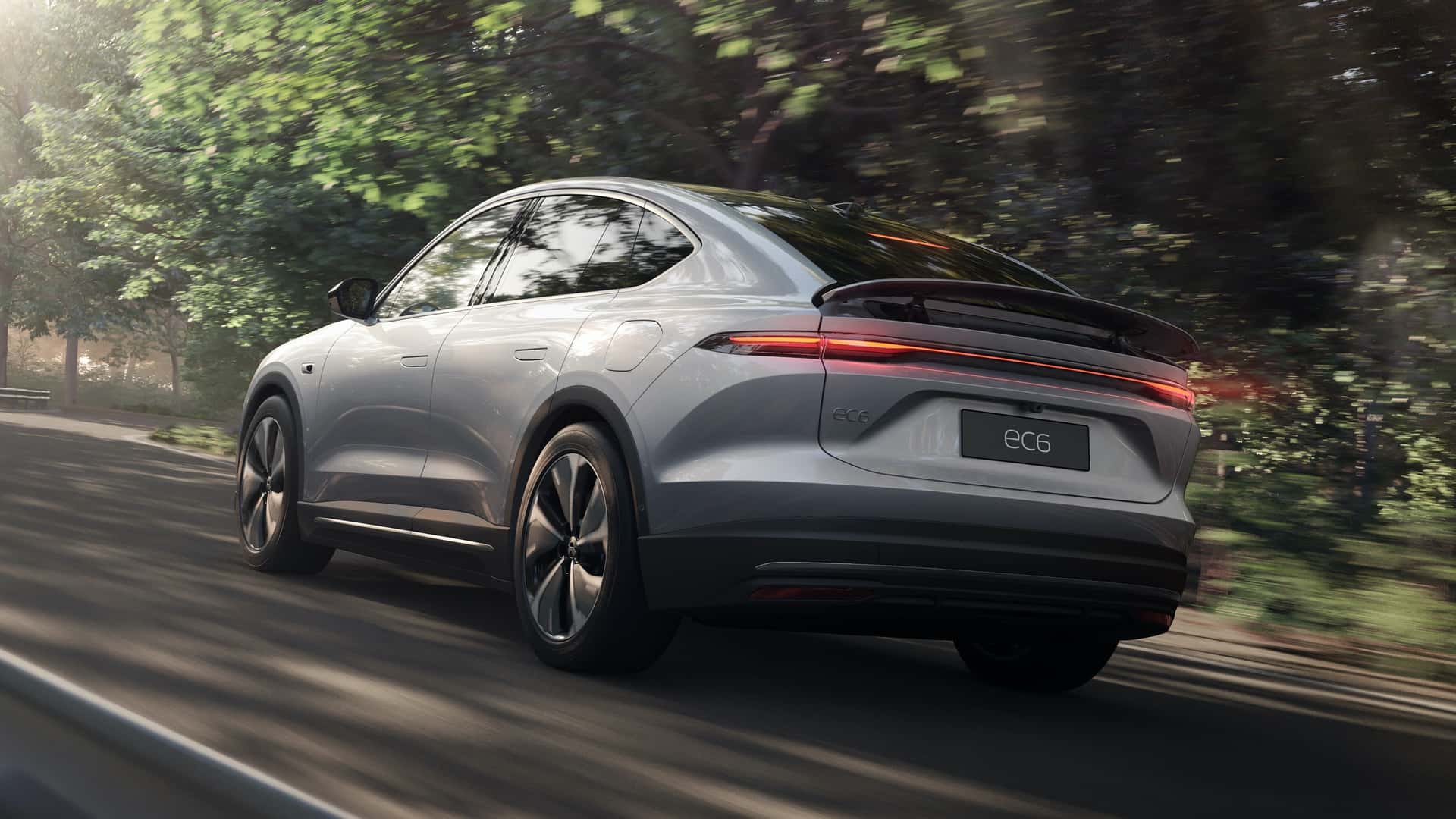
NIO’s entry-level Standard battery pack option will soon get an upgrade with the new 2024 model year cars.
According to the company (via CnEVPost), the 75-kilowatt-hour dual-chemistry (LFP/NCM) Standard battery will be replaced by a new 75-kWh battery with only LFP battery cells. This should simplify the pack and reduce costs. LFP’s battery cell chemistry is known as one of the least expensive per kWh.
Get Fully Charged
LFP vs. NCM battery chemistry
The family of lithium-ion batteries includes multiple branches of chemistries, often distinguished by their electrode materials. Some of the most popular are LFP and high-nickel NCM or NCA branches. The LFP is usually the most cost-effective type, although they are less energy-dense than some of the other types.
Let’s recall that initially, NIO offered a 70-kWh all-NCM Standard battery and a 100-kWh option (also NCM). In late 2021, the 70-kWh NCM battery was replaced by the 75-kWh hybrid pack (LFP/NCM). The new pack was a cell-to-pack (CTP) solution—without battery modules, which improved the energy density and total energy, despite the move to LFP cells, which are less energy-dense than NCM.
Now, as the technology further progresses, the Standard battery will be all-LFP (CATL cells), maintaining its 75-kWh capacity, reducing complexity (two types of cells and a special battery management system) and cost.
While cost reduction appears to be the main topic today—especially in China, where the EV price war is pretty fierce—the new battery also brings some performance improvements.
According to the article, NIO’s new battery has been optimized in regard to algorithms, materials, and performance. The peak DC fast charging power will increase from 140 kilowatts to 170 kW, while the 10-80% state-of-charge (SOC) charging time will be shorter (27 minutes instead of 30 minutes).
LFP’s advantages over NCM are not only costs, but also pretty good cycle-life, and high safety, while besides lower energy density, there are some other issues, related to cold weather performance (charging) or difficulty in estimating SOC.
It’s interesting that NIO, after just a few years with the hybrid battery pack, has moved to the standard single-chemistry solution. The dual-chemistry type is rarely used. In the U.S., a Michigan-based Our Next Energy (ONE) is developing such a product, which is named Gemini. A few months ago it enabled 600 miles of range in an SUV.
NIO also has a 150-kWh solid-state battery option for those who need an extra range. This new pack has the same size and similar weight as the 100-kWh battery. All three battery types are compatible with NIO’s battery swap stations.

